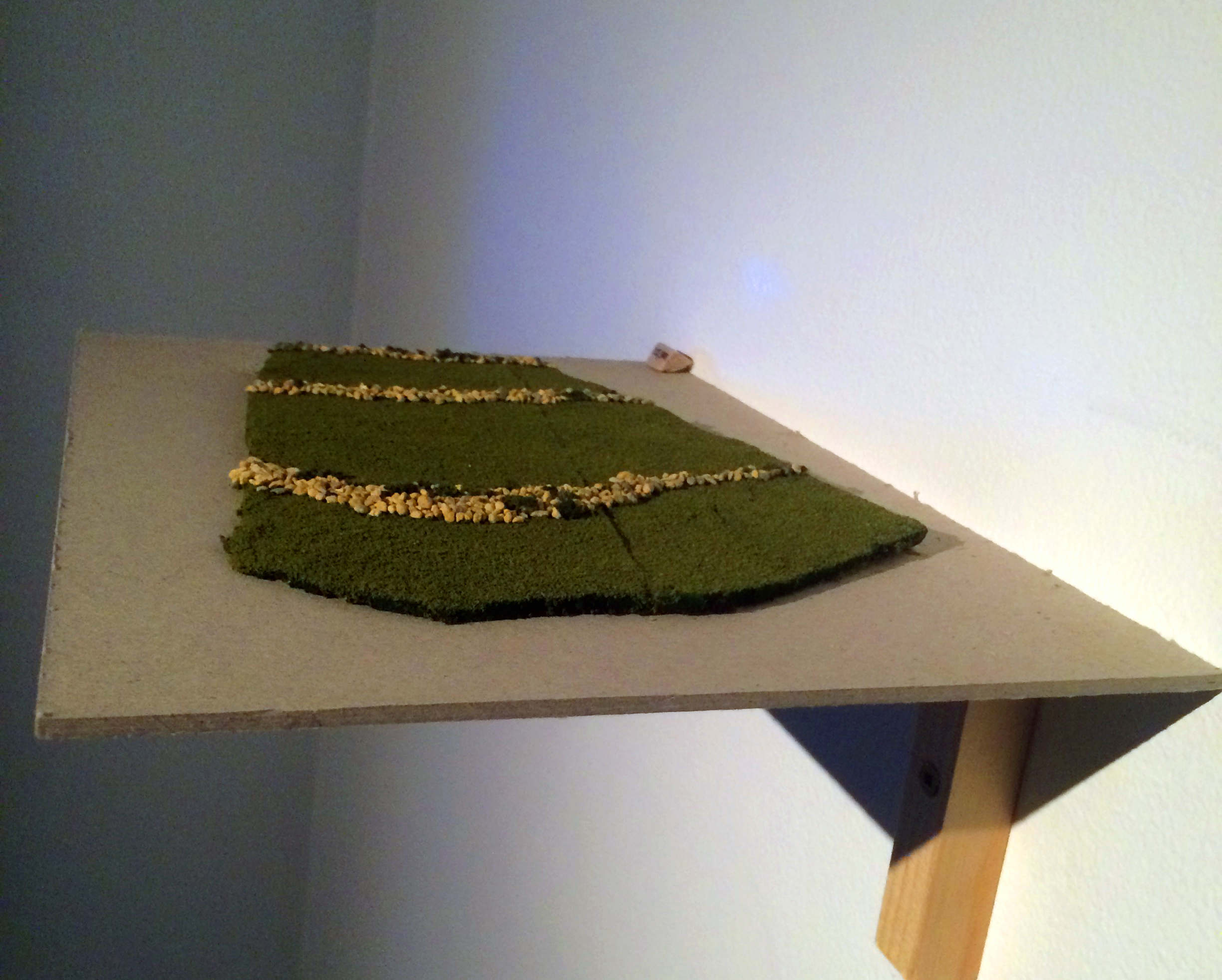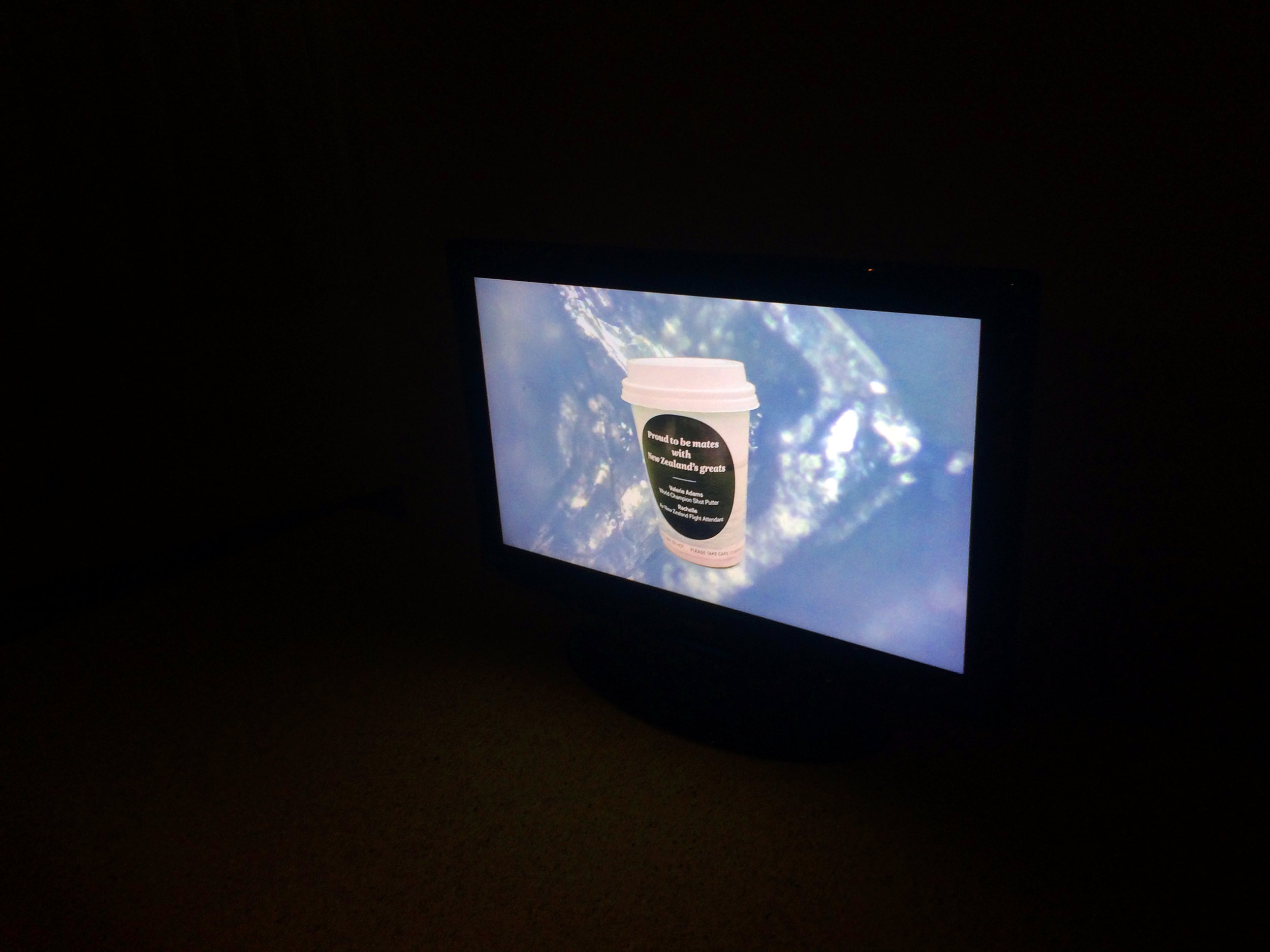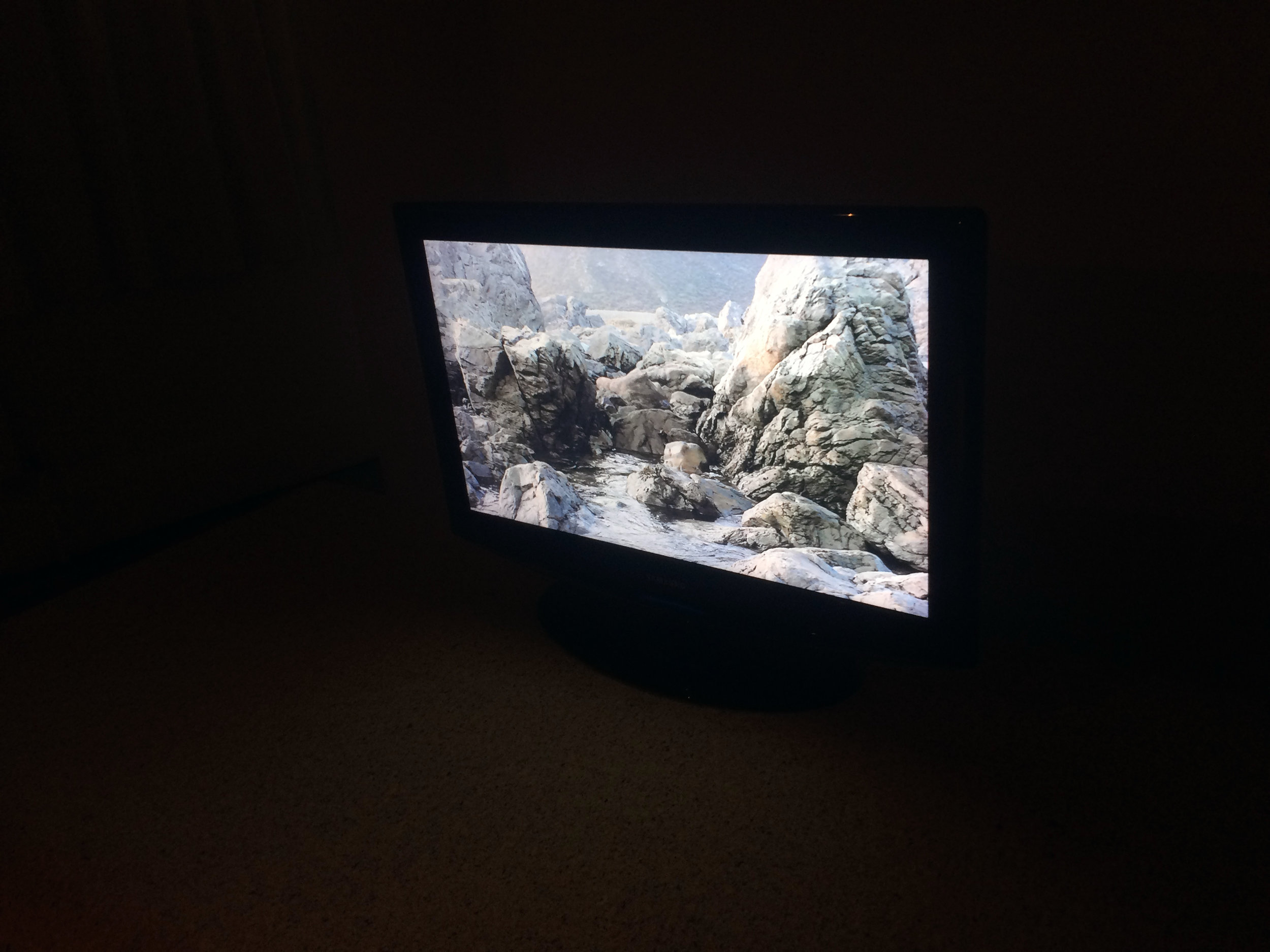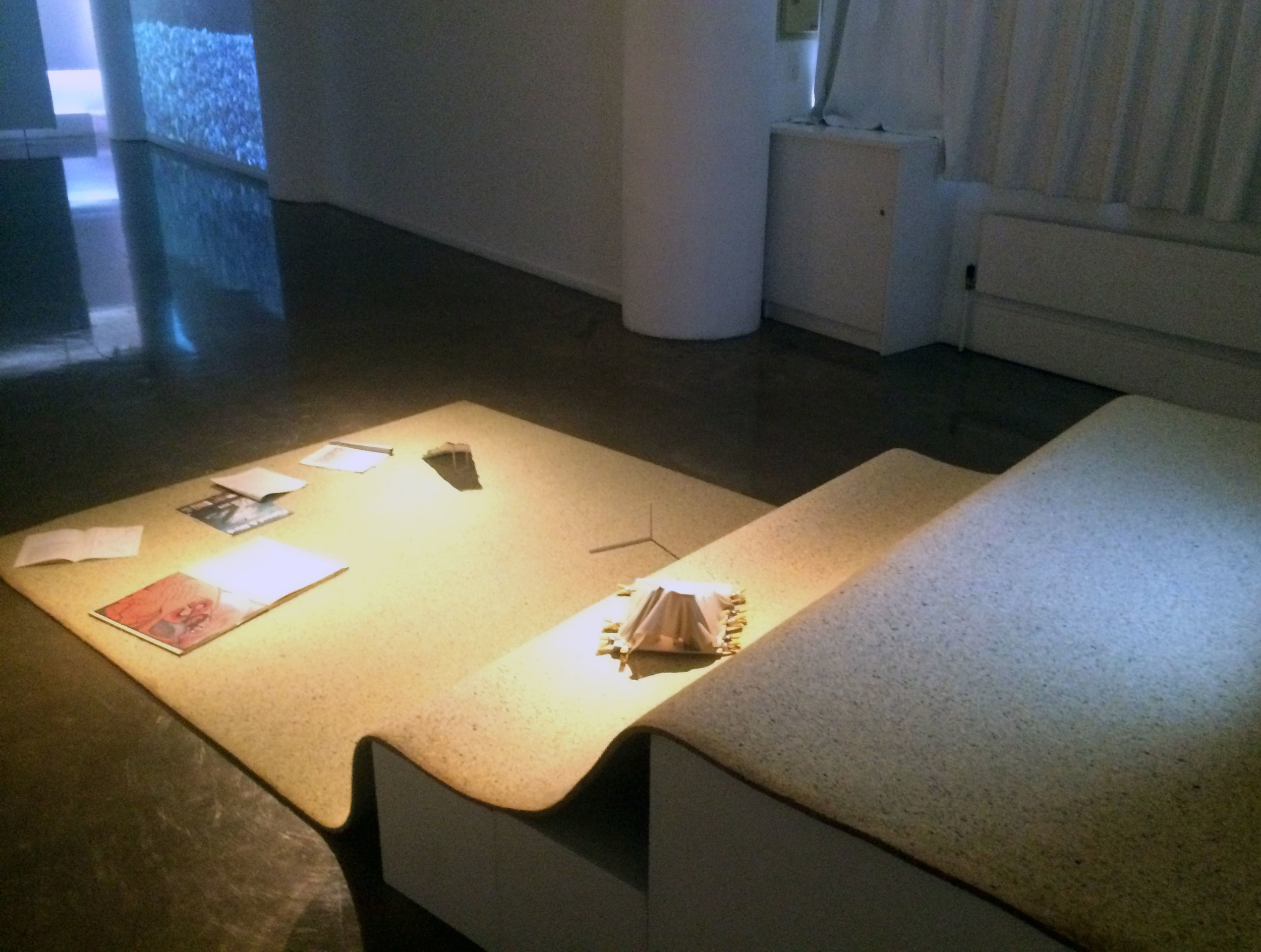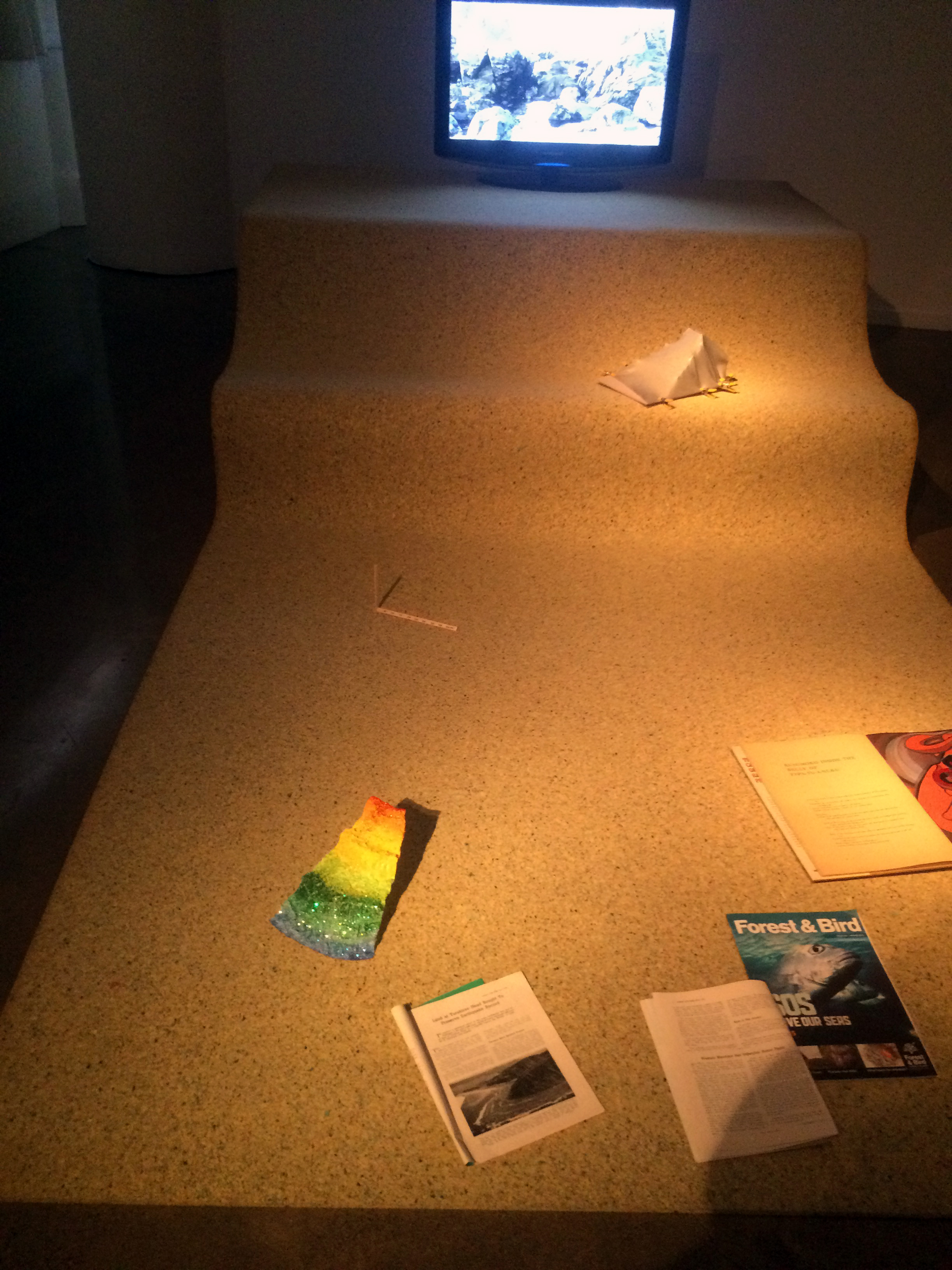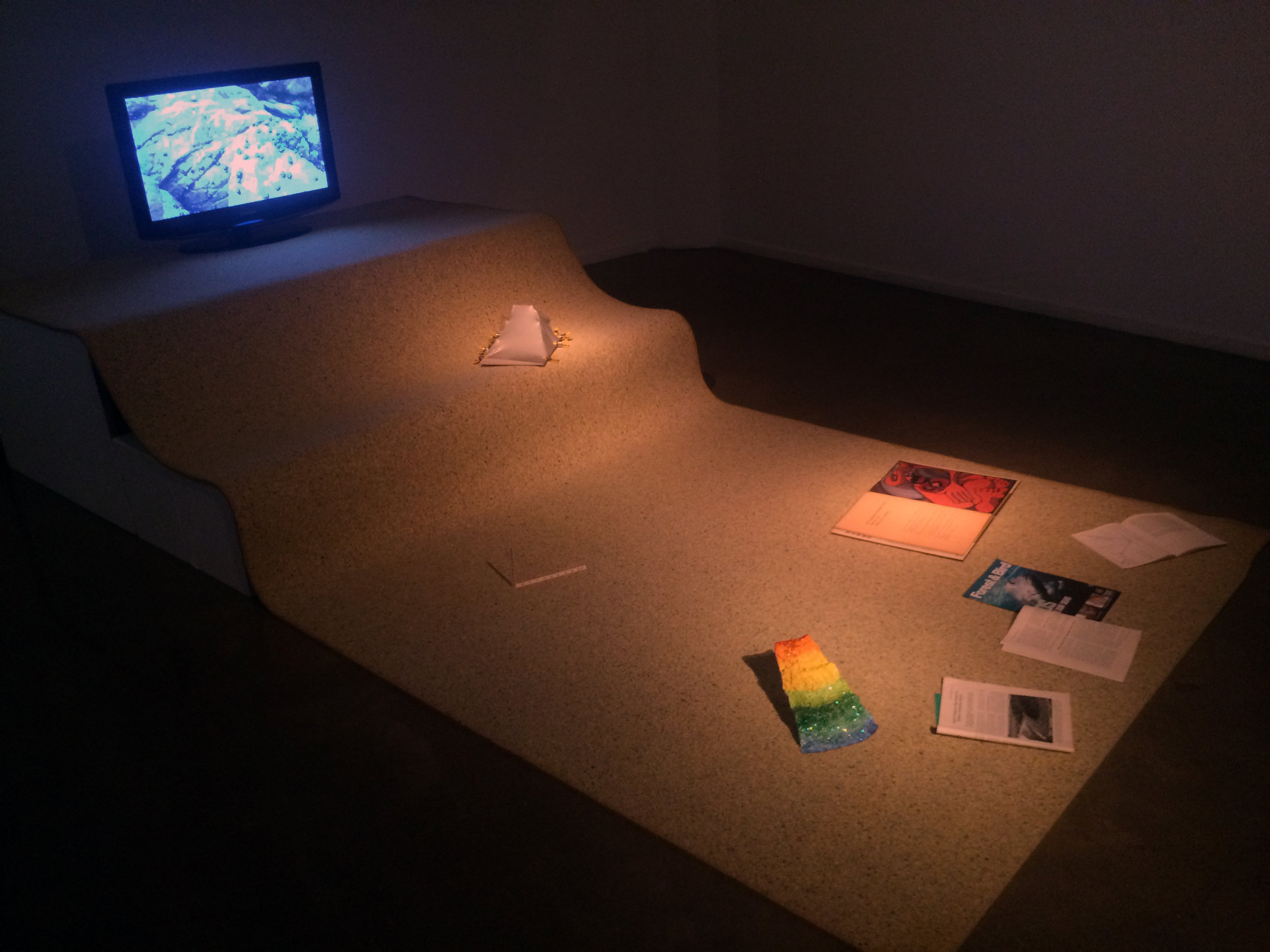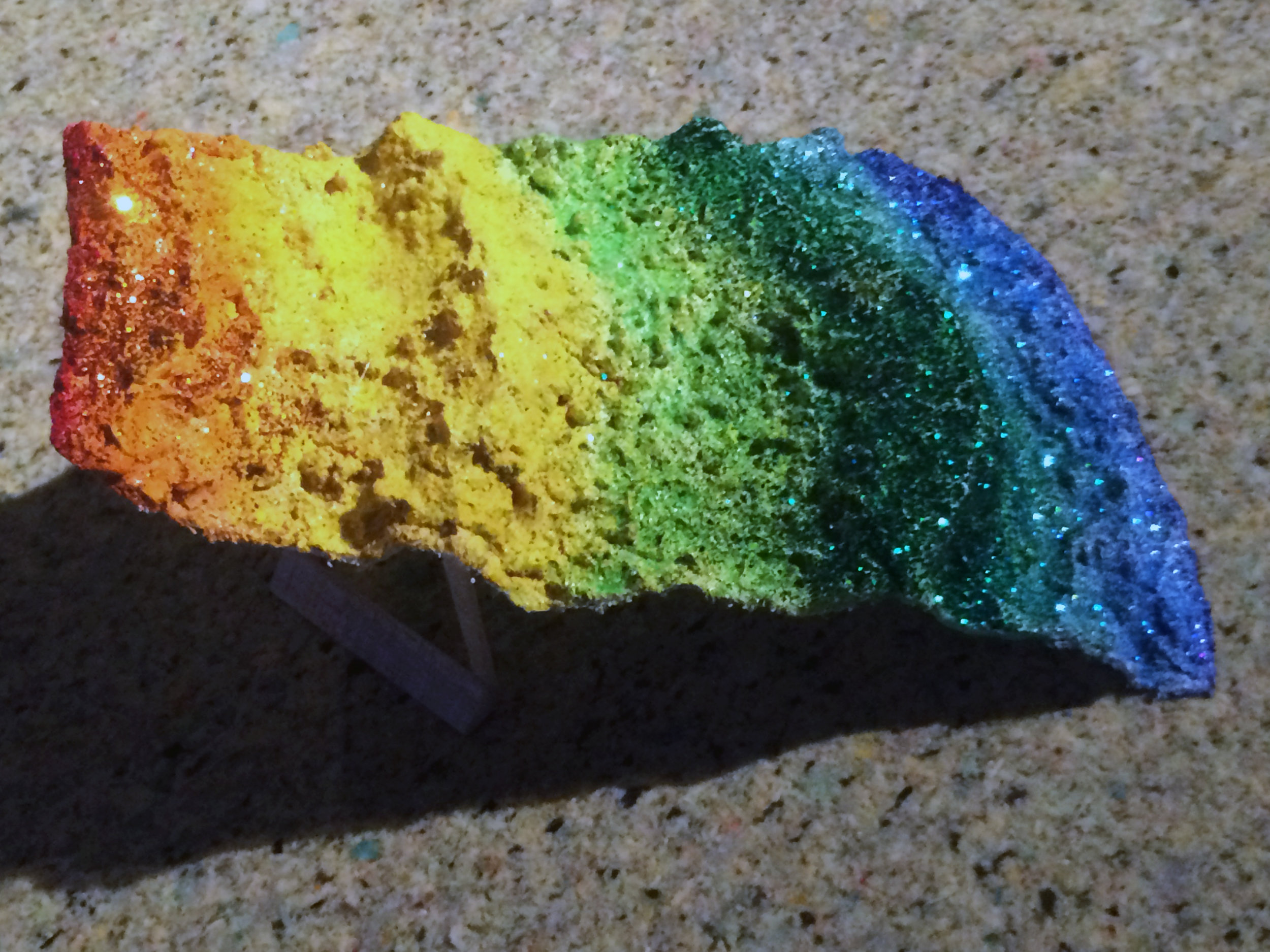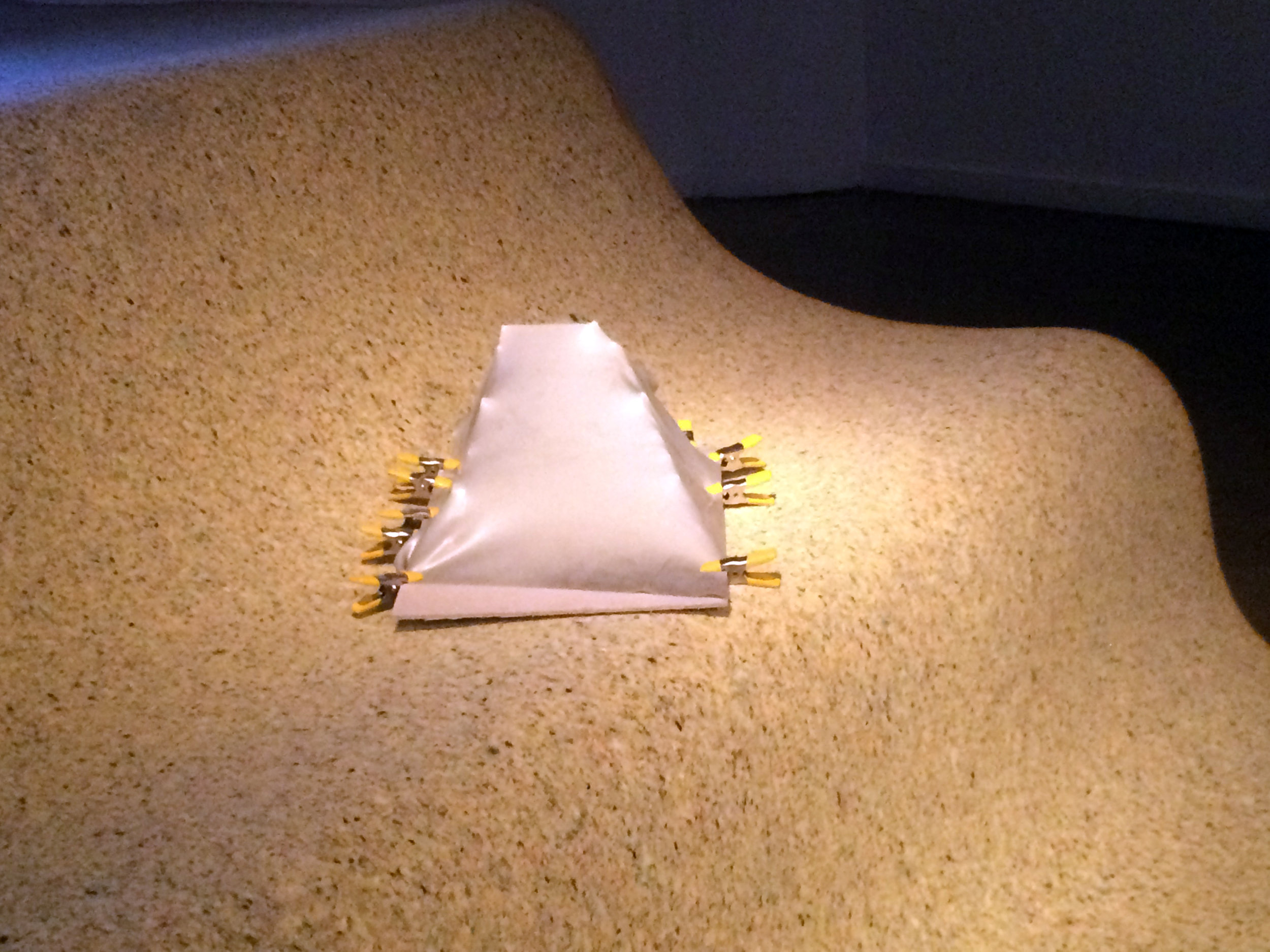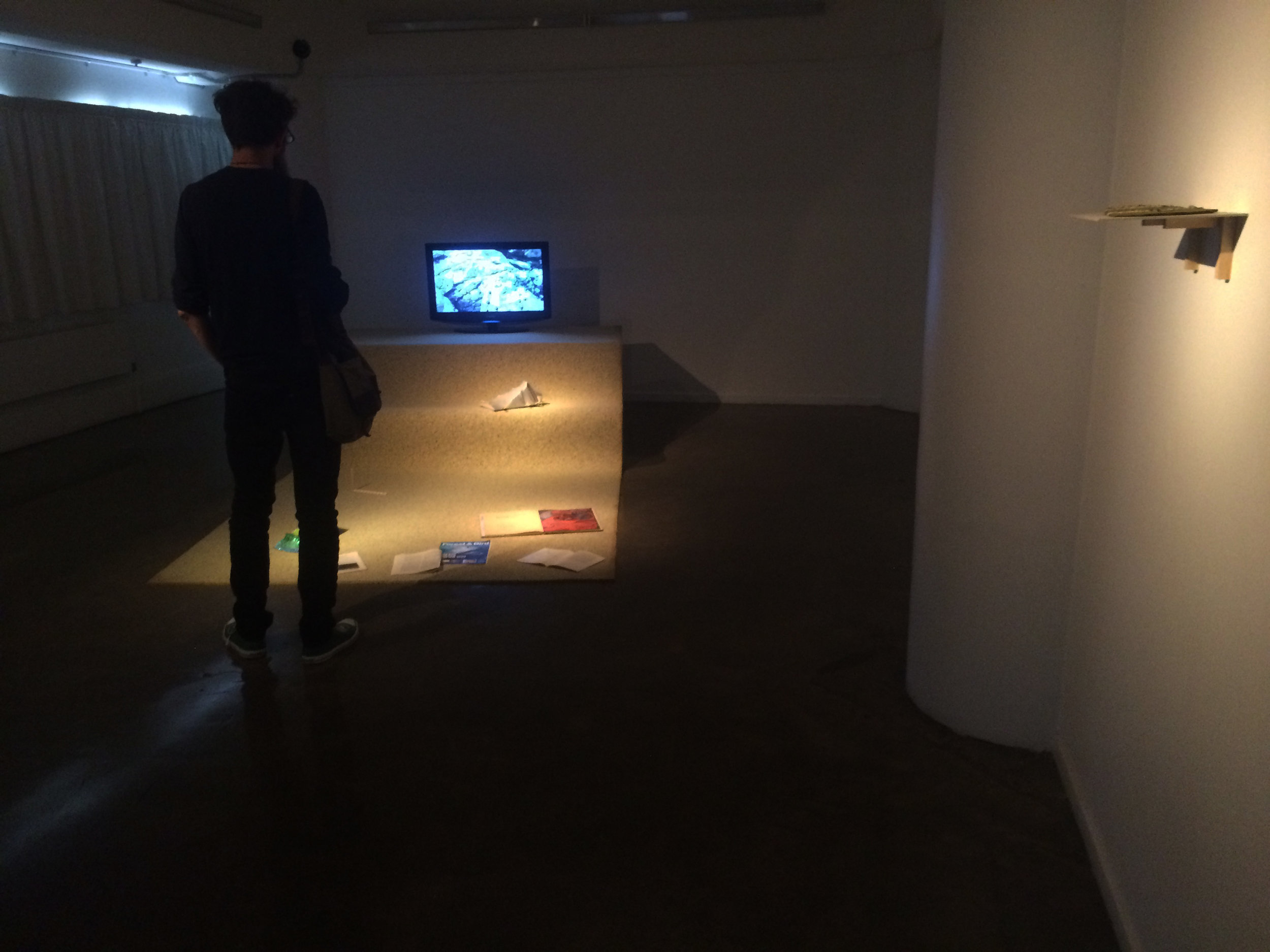Coastline Paradox - Josette Chiang
21 October 2016 — 12 November 2016
I recently had the experience of going to an art show and delightfully losing time with a sense of shifting sideways into a different space. The show was Coastline Paradox , a multimedia installation at Toi Poneke, Wellington, by Hong Kong born UK based Artist Josette Chiang, in New Zealand as part of an Asia New Zealand residency.
Josette is a multimedia artist whose recent work incorporates geology, mythology, Chinese cosmology and systems of measurement. Chiang speaks of working with ideas around the theme of the 'instability of spatial relations', a notion and phrase that for me causes much thought and in relation to this show takes me places. I am entranced with the idea of exploration, and love how this can happen in a myriad of ways and contexts.
There is a precision to the work that belies its subjectivity. The juxtaposition of these things particularly in relation to the subject matter of time, and the response to being a stranger in a new place opened up a space both physically and metaphorically that I could feel immersed in. A space with the familiar and unfamiliar side by side, evoking overlapping timeframes with a curiosity and methodical approach which drew me in to explore. Is it possible to see with other peoples eyes? An un-sedimented view? Is that possible? The things overlooked, the things that seem like the fabric of our knowledge of a place and therefore no longer in sharp focus. Has anything been forgotten? Has something never been seen before? What can you see or sense and learn and what can come to light with this approach? It could be surprising, enlightening and forever change perceptions.
Featuring video, sculpture, sound and text, Coastline Paradox is a subjective study of 7000 years of tectonic uplifts whose presence remains etched on the landscape of Turakirae Head Scientific Reserve, located 20km south of Wainuiomata, at the end of the Coast Road.
In hindsight, this show seems poignant in light of the recent 7.8 NZ earthquake and continuing seismic events that marked the show's finish. Especially recalling Chiang's coastline footage in light of how dramatically the Kaikoura coastline has tectonically changed as a result of the recent earthquakes, astoundingly 5.5 metres in parts. In contrast to nature's recent violent upheavals, Chiang's installation is calm and measured, poetically evoking layers and time and how that can be marked geologically but also interwoven with notions of calendar signposts and cultural and personal overlay. The idea that human existence can be mapped geologically (the Anthropocene) is also referenced by Chiang.
The year 2016 marks the official acknowledgement of the Anthropocene epoch brought about by the dramatic effects of human existence upon the planet.The Anthropocene is a proposed epoch that begins when human activities started to have a significant global impact on Earth's geology and ecosystems. It feels like nature had something to add to this conversation by bookending the show with a large earthquake.
The audio throughout the space anchored the work and the conversational tone and letter/journal element created a sense of intimacy. The footage of someone winding string, the crunch of stones being walked on, a coastline both rural and rugged filmed with a true sense of an individual exploring a landscape, the tone of Josette's voice, her accent, so different to a New Zealander's, yet familiar, and how do you pronounce Toi Poneke? String winding over itself a reference to geological layers and timelines. A sense of archaeology. How long is a ball of string? How long is time? String which can be unwound and chopped up like sentences.The layering, timelines, string winding around itself.
This work reminds me that time, place and being cannot be understood wholly in a linear fashion, that the curve is important. Hence the name of this post. Chiang deliberately took into account the architecture of Toi Poneke, working to the difficult space of Toi Poneke and indeed the actual spatial dimensions of the gallery, responding to its pillar placement and architecture specifically in the installation. As the artist herself said in conversation it was perhaps a disparate pairing, however I mentioned that the L shape of the gallery could be likened to a cove like shape. A stretch? It worked for me. The Toi Poneke space has its strengths and challenges. I liked how work played to the L shape of the space. It reminds me of how you naturally want to walk into the mid point of a cove or stretch of beach – or how the eye gravitates to the centre of a cove, even the fact that due to the nature of time we are continuously are about to turn a corner.
